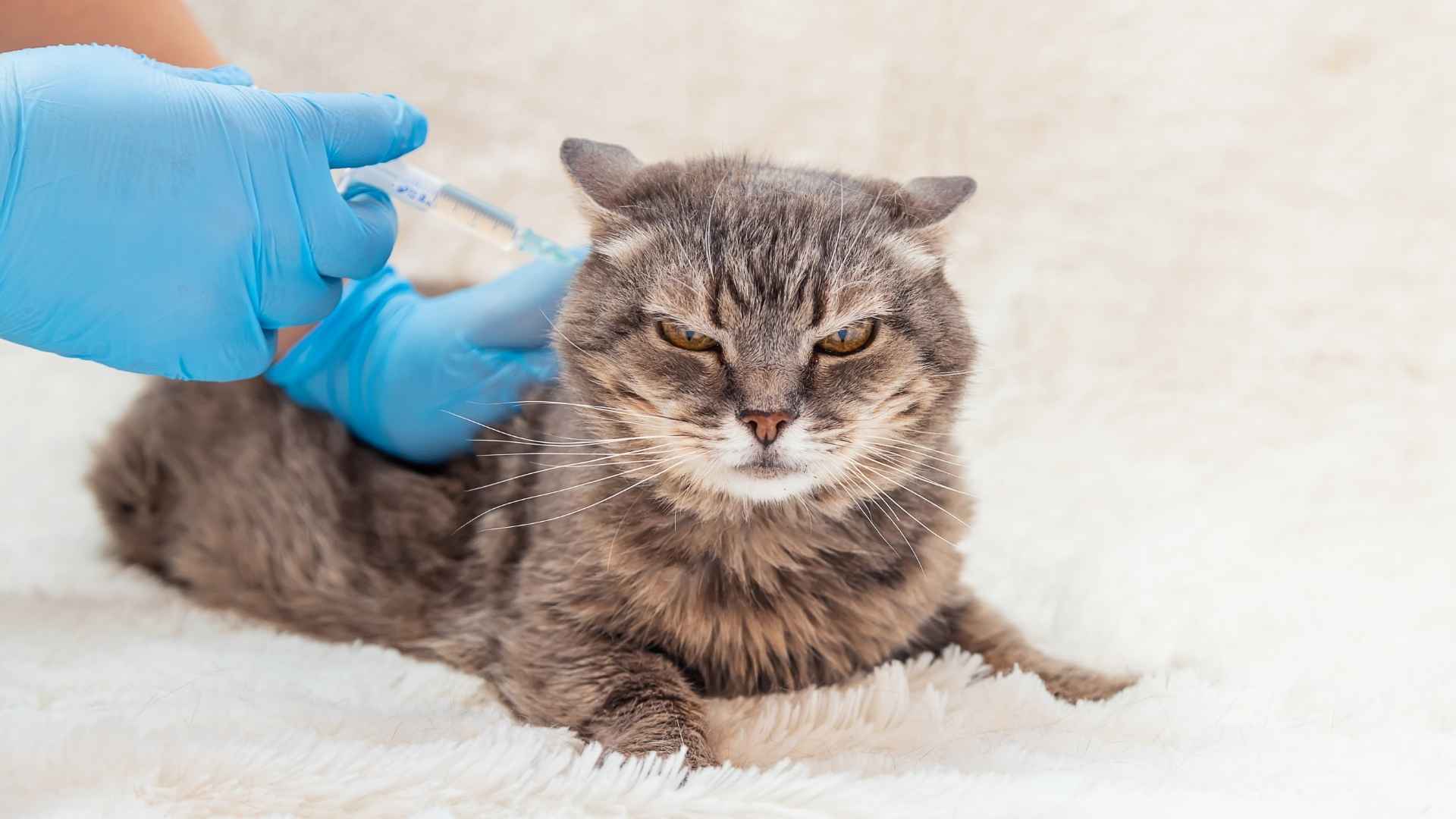While every cat deserves love, some breeds require a little extra care due to genetic health issues. From breathing difficulties to joint problems, certain feline beauties come with medical challenges that potential owners should be aware of.
Persians may have their luxurious coats, but their flat faces can cause breathing issues. Scottish Folds are irresistibly cute, but their signature folded ears come with cartilage problems. While these breeds make wonderful companions, it’s essential to know what’s behind their striking looks and how to keep them healthy.
If you’re considering one of these high-maintenance kitties, don’t worry—we’ll guide you through their common health risks so that you can provide them with the best care possible.
Unhealthiest Cat Breeds
1. Exotic Shorthair
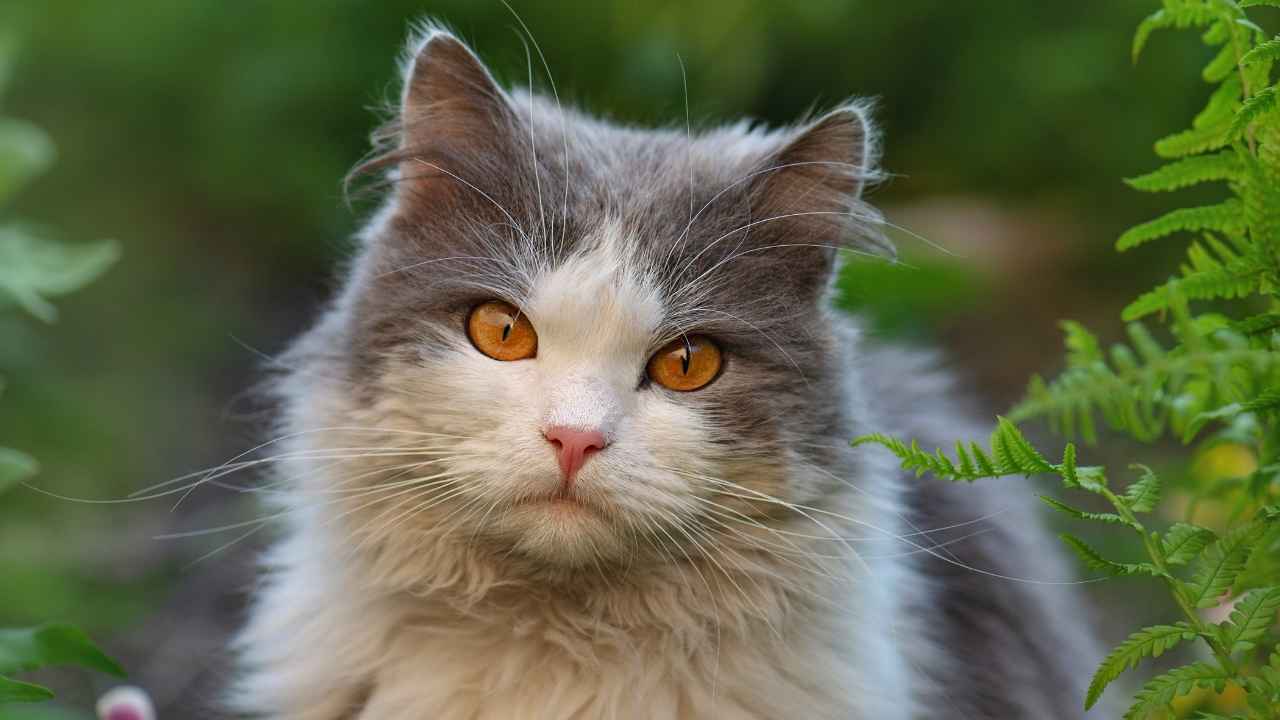
If you take a Persian cat, give it a shorter coat, and turn the laziness up a notch, you’d get the Exotic Shorthair. These round-faced, teddy bear-like cats are some of the most affectionate and easygoing breeds—but their smooshed faces come with a price.
The breed is often called “the lazy man’s Persian” due to their relaxed, easygoing nature, which makes them particularly charming.
According to PetMD, despite their short but plush coat being less prone to matting compared to Persians, Exotic Shorthairs still benefit from—and enjoy!—weekly brushing.
Common Health Problems
-
Brachycephalic Syndrome – Their flat faces cause breathing difficulties, snoring, and overheating issues. If it sounds like they struggle to breathe sometimes… it’s because they do.
-
Tear Staining & Eye Issues – Due to their face shape, they often have excessive tearing, which can lead to infections. Get ready for daily eye-wiping duty!
-
Polycystic Kidney Disease (PKD) – A genetic disorder leading to kidney failure if not monitored.
-
Obesity & Joint Issues – They love lounging, but without enough activity, they can become overweight, leading to further health problems.
These cats are best for someone who wants a sweet, affectionate, low-energy cat and doesn’t mind a little extra care.
With proper vet care, a balanced diet, and a loving home, Exotic Shorthairs can live a happy life—but they require a little extra TLC.
2. Munchkin
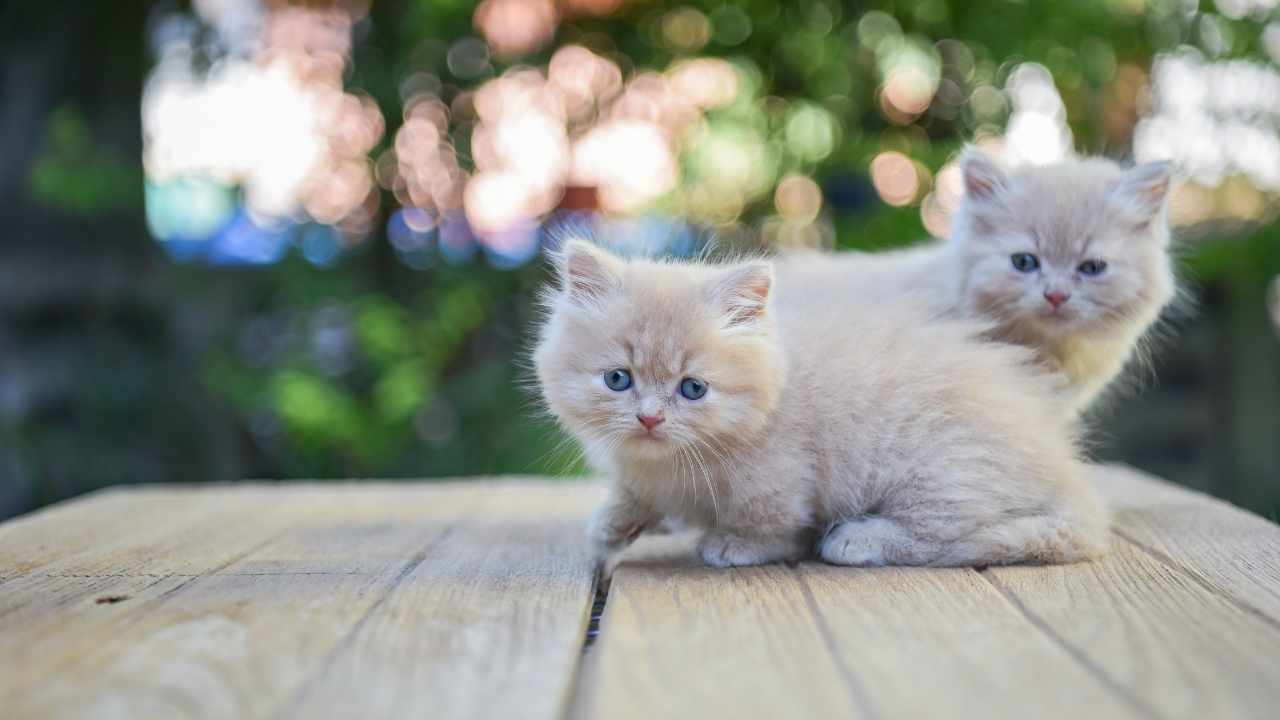
Munchkins are one of the most controversial cat breeds out there. While their short legs make them look like permanent kittens, that same genetic mutation causes serious health risks.
When combined with their average-sized bodies, which typically weigh between 6–9 pounds, this gives the dwarf cat a distinct and unique appearance. These cats were bred to have chondrodysplasia, a form of dwarfism, which affects their spine, joints, and overall mobility.
As per PetMD, it’s important to note that while some official cat breed organizations, like The International Cat Association (TICA), recognize the Munchkin as an official breed, others, such as the Cat Fanciers’ Association (CFA), do not.
Common Health Problems
-
Lordosis – A severe condition where the spine curves inward, putting pressure on the organs and making movement difficult.
-
Pectus Excavatum – A chest deformity that affects breathing and heart function.
-
Joint and Mobility Issues – Their short legs make them more prone to arthritis, spinal problems, and hip dysplasia.
Munchkins are playful, affectionate, and highly social cats. They love interacting with humans and playing fetch, almost like a dog. However, because of their leg structure, they might struggle to jump as high as other cats, which means owners should modify their living space to accommodate them (think ramps instead of tall cat trees).
These are best for someone who wants a cute, playful cat and is prepared for potential mobility issues.
3. Ragdoll
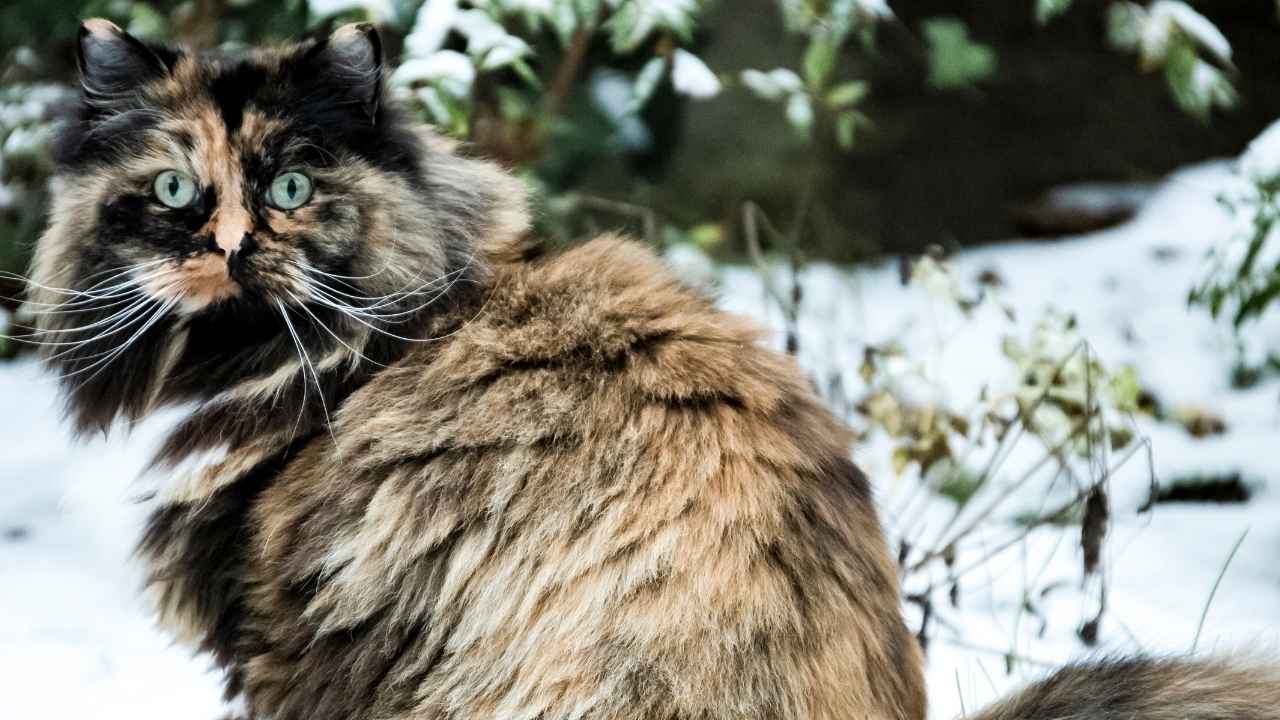
Ragdolls are a popular cat breed known for their calm, gentle temperament and their tendency to go limp when picked up, hence the name “Ragdoll.”
They are large, affectionate cats that enjoy being around people and often form strong bonds with their owners.
With their striking blue eyes and semi-long, silky coats, Ragdolls make excellent companions, especially for families and individuals seeking a laid-back, loving pet. However, behind their calm demeanor lies a genetic predisposition to some serious health problems.
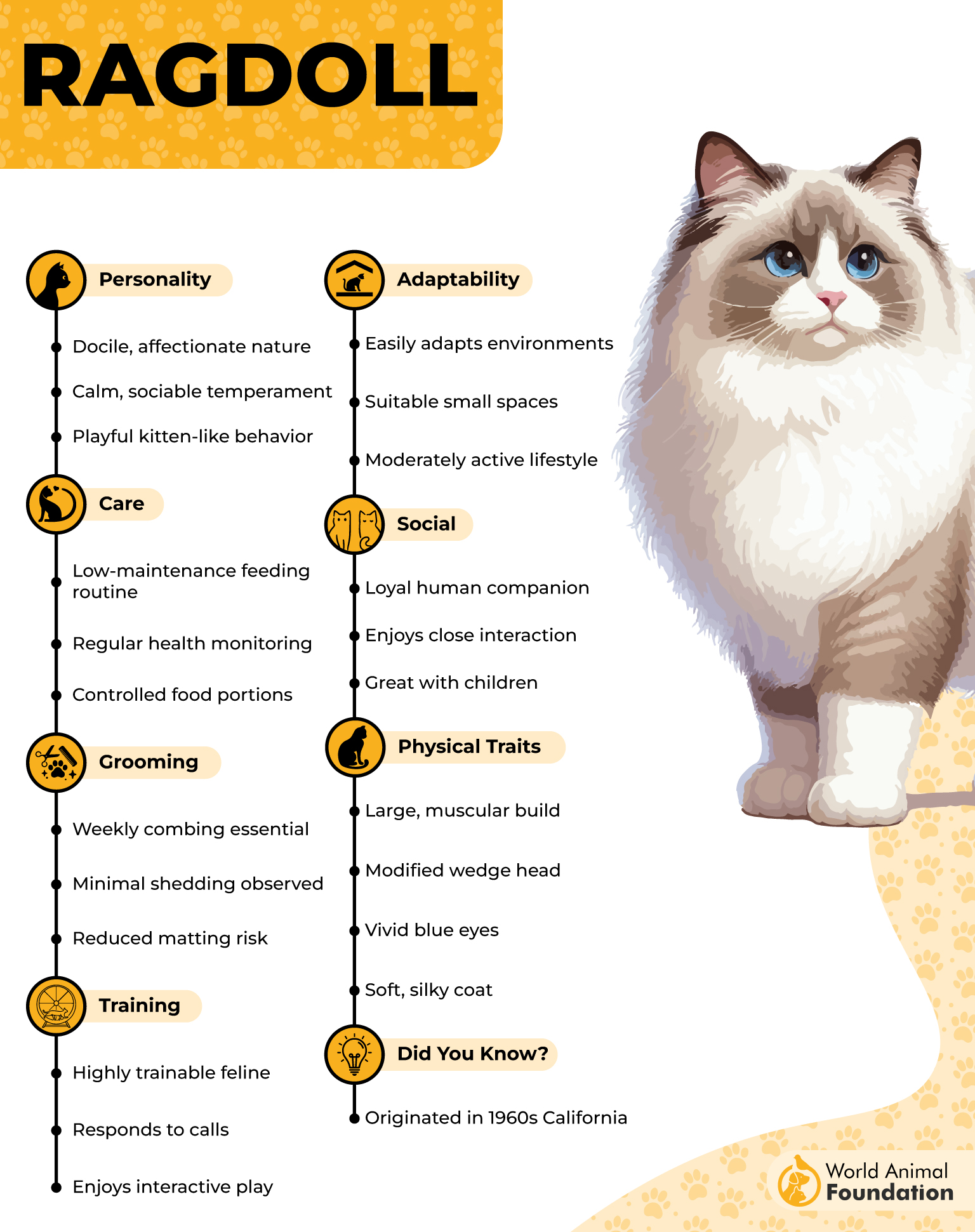
Common Health Problems
-
Hypertrophic Cardiomyopathy (HCM) – A genetic heart disease that causes thickening of the heart muscles, potentially leading to heart failure.
-
Bladder Stones & Urinary Tract Issues – Ragdolls are prone to bladder stones, which can cause painful urination and require surgery.
-
Obesity – Their relaxed nature and love for lounging make them susceptible to weight gain, which can worsen other health problems.
Ragdolls are the ultimate lap cats. They love being held, cuddled and carried around like a baby. However, their thick fur requires regular grooming to prevent matting, and their weight needs to be monitored to avoid obesity.
These felines are best for someone who wants a super affectionate, docile cat and is willing to monitor their heart health.
4. Manx
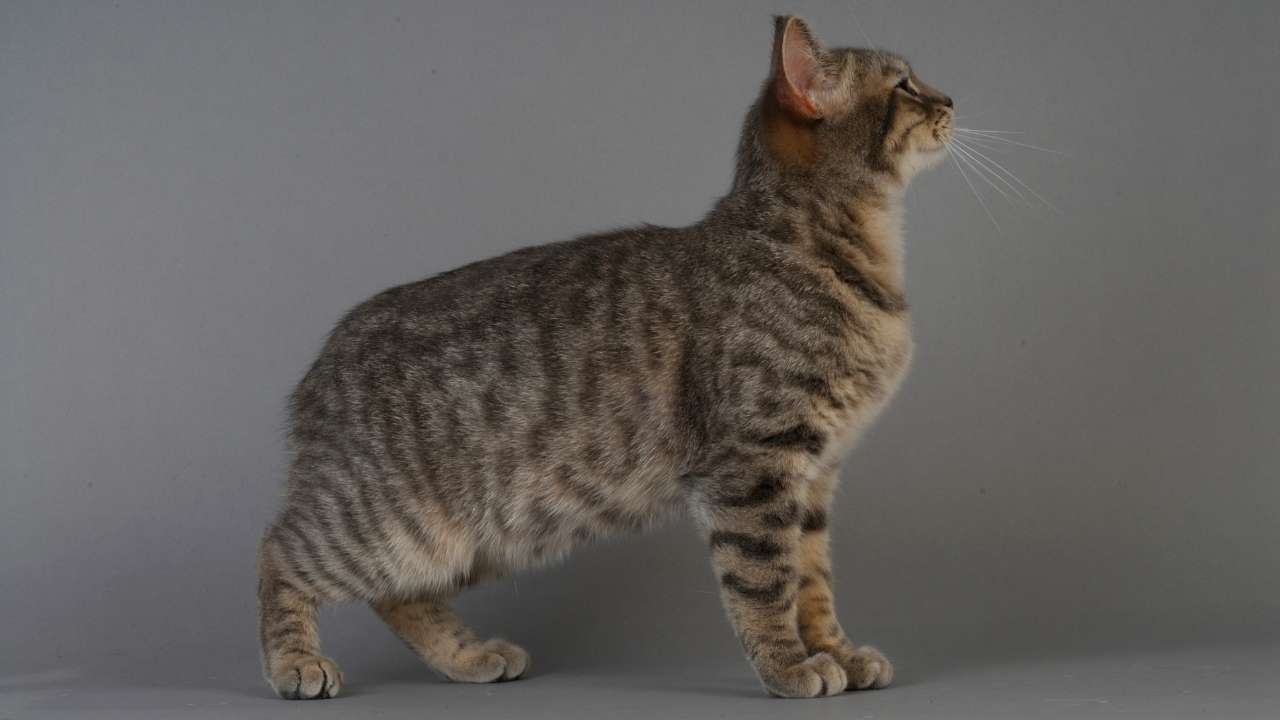
The Manx cat, one of the oldest and most popular cat breeds in the world, has characteristics that create a “round” appearance.
The Manx cat has a compact and sturdy build, featuring wide-set ears, a round head, and a short back. Their longer hind legs give them a slightly elevated rump, and they typically have little to no tail.
Manx cats are famous for their missing tails, which can range from completely tailless to having a small nub. While their lack of a tail gives them a unique appearance, it also comes with some serious spinal complications.
According to PetMD, Manx cats are natural-born hunters who enjoy spending their time pouncing on feathered wands and retrieving toy mice. Their hind legs are longer than their front legs, giving them a slightly sloped appearance.

Common Health Problems
-
Manx Syndrome – A condition caused by the same gene responsible for their taillessness. It can lead to spinal deformities, mobility issues, and incontinence.
-
Arthritis & Joint Issues – Due to their altered bone structure, Manx cats are more likely to suffer from arthritis, especially in their hind legs.
-
Digestive Problems – Some Manx cats have nerve issues that affect bowel control, leading to lifelong digestive challenges.
Despite their health risks, Manx cats are playful, intelligent, and often described as “dog-like” due to their ability to learn tricks and play fetch. However, potential owners should be aware of their susceptibility to spinal problems and ensure they get regular checkups.
This breed is ideal for owners who love intelligent, playful cats and are willing to monitor potential spinal issues.
5. Persian
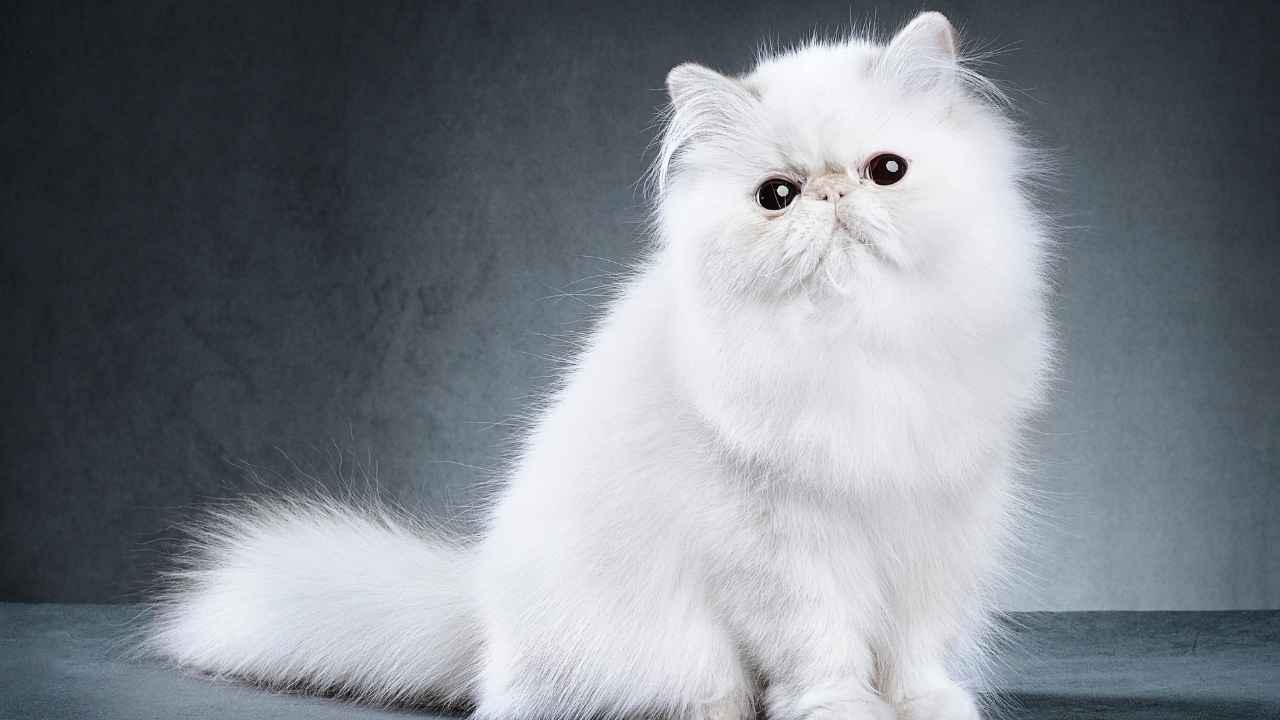
Persian cats are one of the most iconic and beloved cat breeds, known for their long, luxurious coats and distinct flat faces. These cats are affectionate, and gentle, making them excellent companions for those looking for a relaxed and loving pet.
They tend to enjoy a quiet environment and can be quite independent, but they also appreciate being around their human family members.
Unfortunately, their beauty comes at a price—their flat faces and long fur make them one of the most high-maintenance breeds out there.
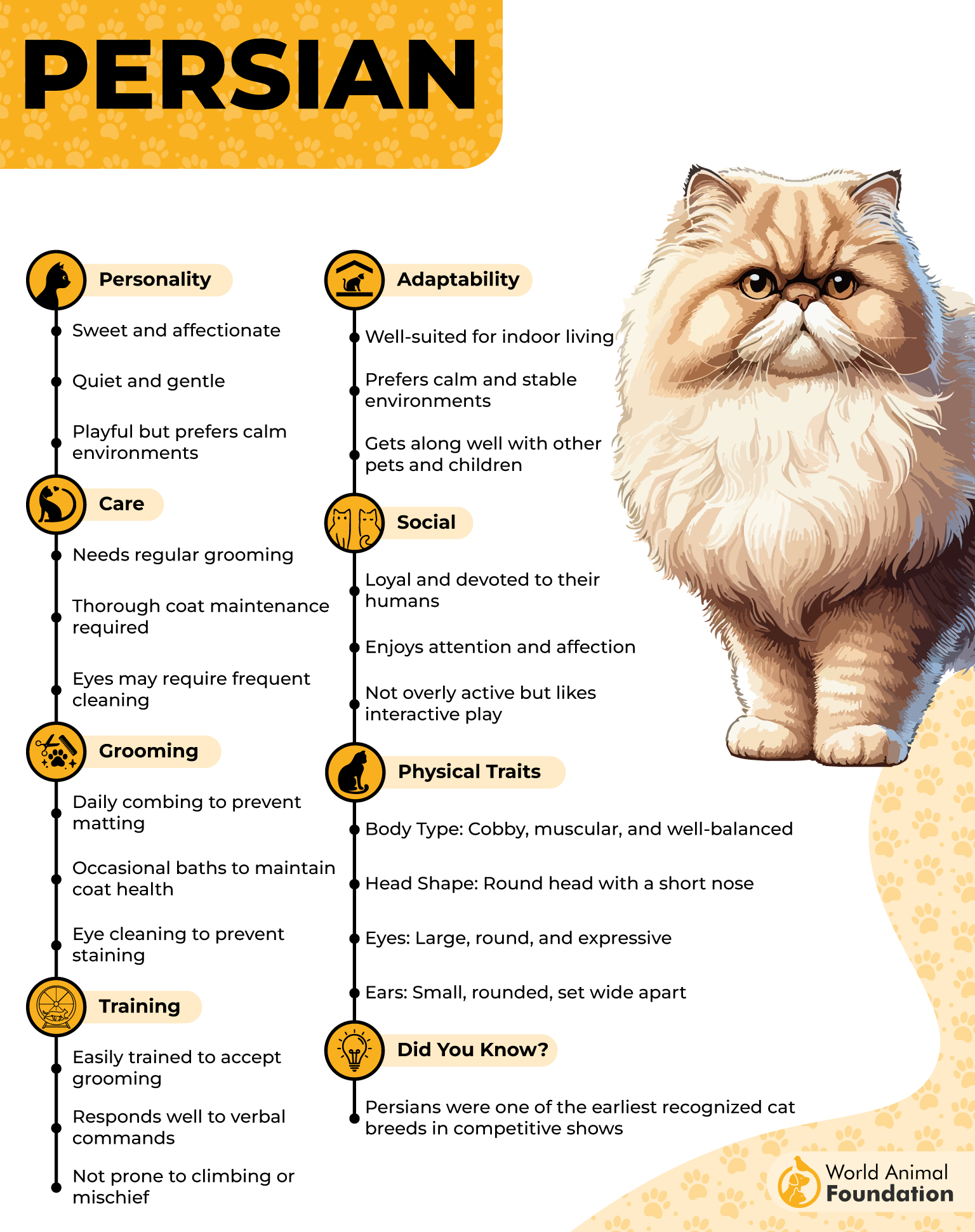
Common Health Problems:
-
Brachycephalic Airway Syndrome – Their squished faces cause breathing problems, snoring, and increased risk of respiratory infections.
-
Polycystic Kidney Disease (PKD) – A genetic condition that leads to kidney failure if not managed properly.
-
Tear Staining & Eye Issues – Persians often have excessive tearing due to their face shape, which can lead to infections.
-
Dental Problems – Their small, crowded mouths make them prone to gum disease and tooth decay.
Persians are calm, affectionate lap cats that enjoy lounging rather than running around. However, their thick coats require daily grooming to prevent matting, and their eyes and noses need regular cleaning to avoid infections.
These cuties are perfect for someone willing to put in the effort for daily grooming and vet care.
6. Bengal
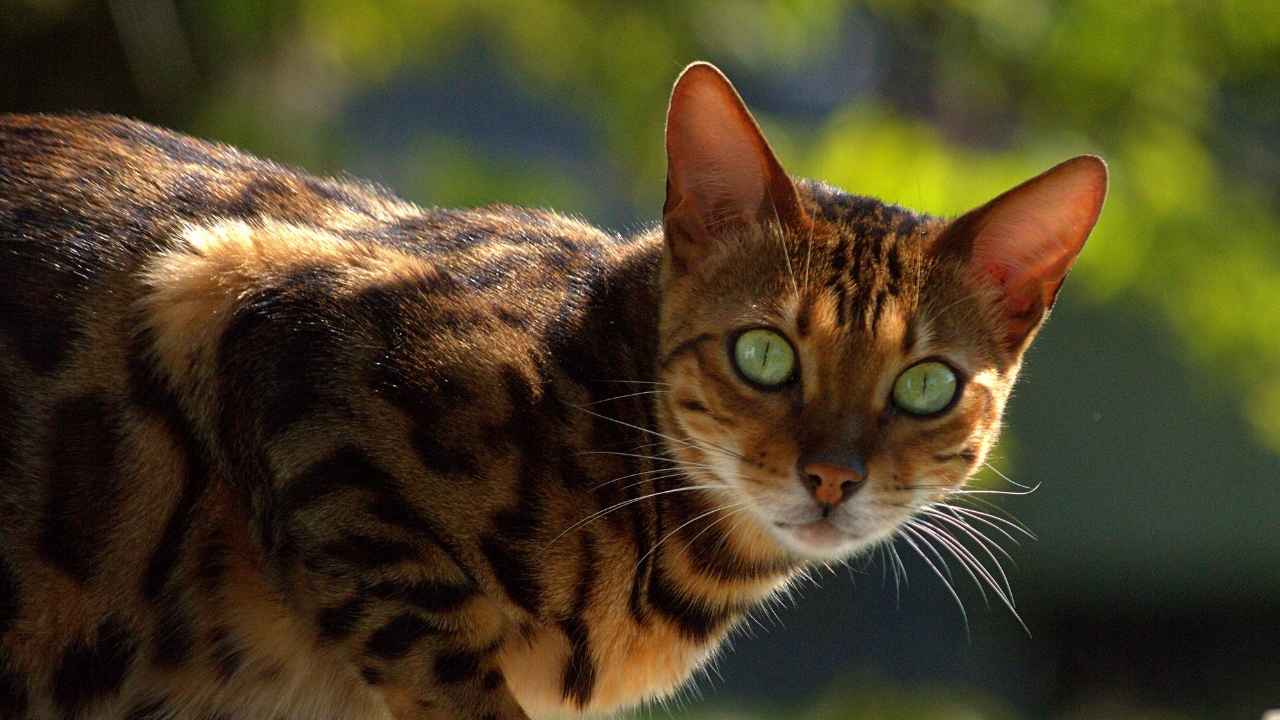
Bengals are sleek, athletic cats that look like tiny leopards. Their fur features spots or marbling, creating a dramatic, exotic look. Bengals are energetic, curious, and highly intelligent, often enjoying interactive play and exploration.
These cats are also known for their affectionate nature, bonding closely with their owners and sometimes being described as dog-like in their loyalty.
They love attention and can be very vocal, engaging in playful behavior like fetching or climbing to high places. While they are generally a hardy breed, they do have some genetic health concerns.

Common Health Problems
-
Hypertrophic Cardiomyopathy (HCM) – Like Ragdolls, Bengals are prone to this potentially fatal heart condition.
-
Progressive Retinal Atrophy (PRA) – A genetic disorder that can lead to blindness over time.
-
Luxating Patella – A knee condition that can cause limping or difficulty walking.
-
Digestive Issues – Bengals often have sensitive stomachs and food allergies, requiring a carefully monitored diet.
Bengals are also relatively low-maintenance in terms of grooming, as their short coat doesn’t mat easily. According to PetMD, Bengals typically require more activity and stimulation than other cat breeds. Due to their strong prey drive, they may not always get along well with young children or certain pets.
These kitties are suitable for active owners who can keep up with their energetic nature and monitor their health.
7. Siamese
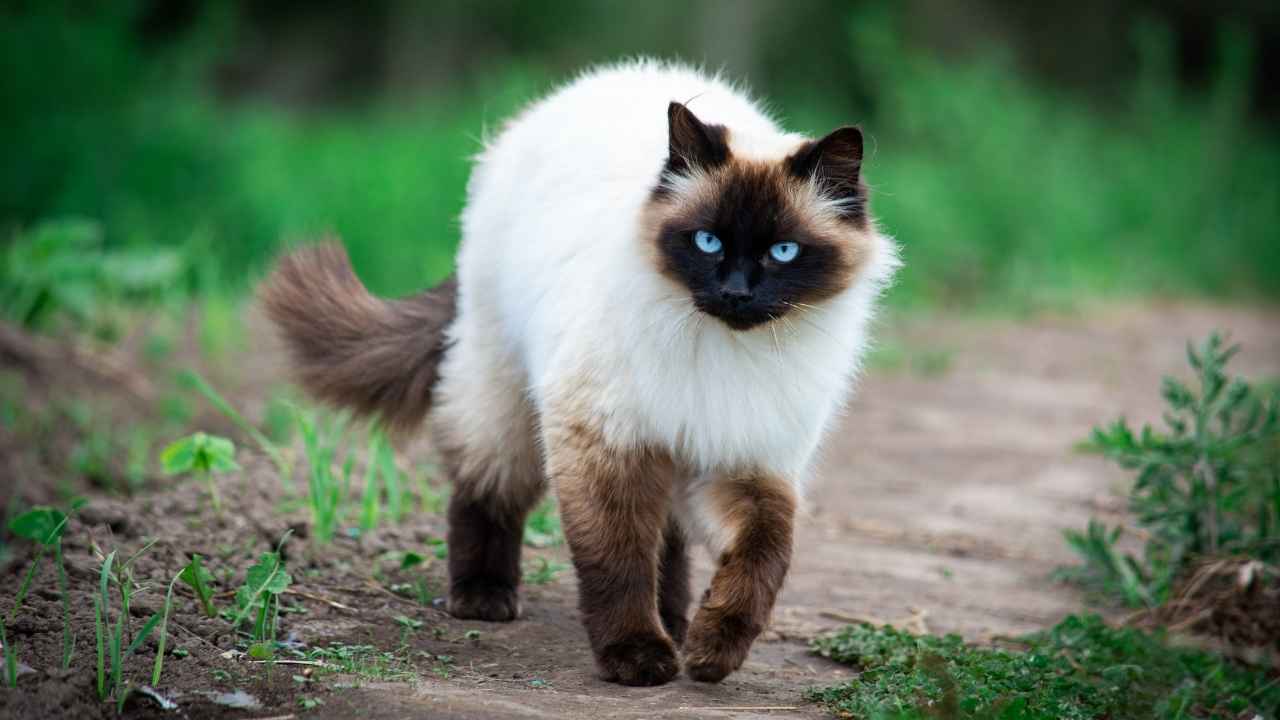
Siamese cats are one of the most recognizable and vocal cat breeds. Known for their sleek, elegant bodies, large ears, almond-shaped blue eyes, and distinctive color points (darker fur on the ears, face, paws, and tail), Siamese cats are both striking in appearance and full of personality.
Despite their elegance, they are playful, active cats that enjoy engaging in activities and can be quite mischievous.
Siamese cats tend to thrive in households where they get lots of attention and stimulation, as they can get lonely if left alone for too long. While they tend to live long lives, they also have a range of breed-specific health issues.

Common Health Problems
-
Respiratory Issues – Their elongated faces can sometimes cause breathing difficulties.
-
Crossed Eyes & Vision Problems – Many Siamese cats have eye disorders, including progressive retinal atrophy, which leads to blindness.
-
Heart Disease (HCM) – Like Bengals and Ragdolls, Siamese cats are at risk for hypertrophic cardiomyopathy.
-
Dental Problems – Their long, narrow jaws can lead to gum disease and early tooth decay.
They are incredibly social, affectionate, and often form strong bonds with their owners. Siamese cats are known for being very talkative, using their voices to express themselves and communicate with their humans. They are also highly intelligent and curious, often getting into everything and enjoying interactive play.
These cats are best for owners who want a smart, talkative cat and are prepared for extra eye, heart, and dental care.
Conclusion
While purebred cats are admired for their unique traits, some breeds are more prone to genetic health conditions due to poor breeding practices. Certain pedigree cats, such as the Maine Coon breed, Sphynx breed, Devon Rex, and British Shorthair, are known to face various health challenges. Many cat lovers adore these breeds, but responsible breeding is crucial to reducing hereditary issues.
Compared to other breeds, some purebreds require extra care and regular veterinary check-ups. Ensuring ethical breeding practices can help improve the overall well-being of these beloved feline companions. If you’re considering one of these breeds, it’s essential to be prepared for potential medical expenses and to work closely with a vet to ensure a long and comfortable life for your feline friend.


